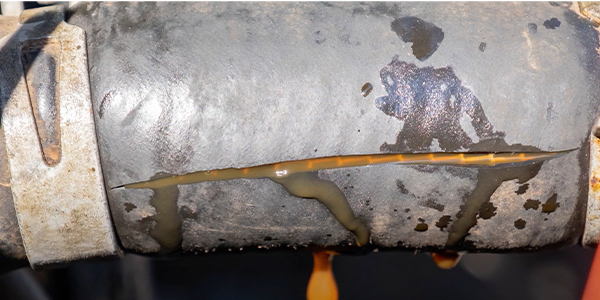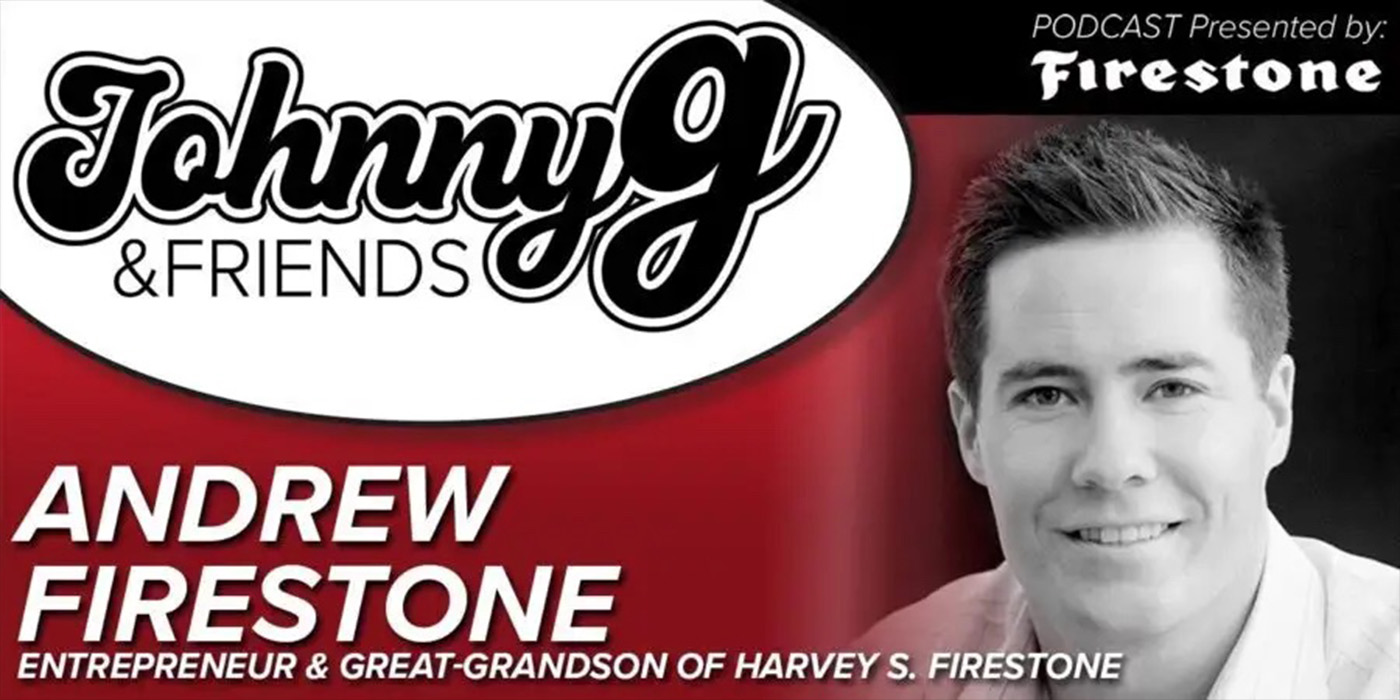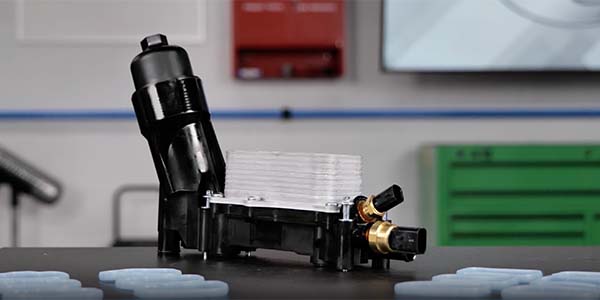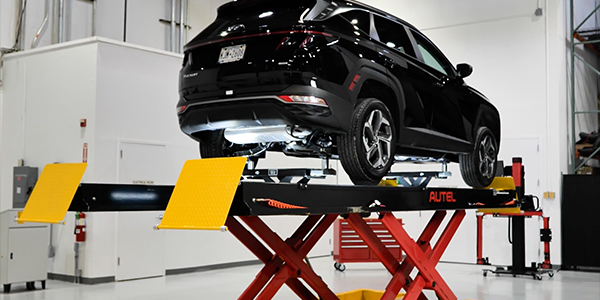Today’s complicated cooling system no longer just keep the engine cool – they must cool AND warm various complicated components under the hood, as well as other areas of the vehicle, including the fuel system, forced-air induction systems (turbo or superchargers), auxiliary heaters, inverters and battery packs. To get cooling fluid where it needs to go quickly and efficiently, today’s hose assemblies use ‘modular’ coolant hoses, which have one or more modules built into the hose.
These modules can be a branching tee in the hose, quick-connect, valve, drain, air-bleeder or sensors but they all have fluid flowing through them. They’re critical to the proper operation of the cooling system. For example, some hoses include flow-restrictors within the hose. These restrictors reduce the flow and pressure within the hose to certain components such as the heater core; and are required to maintain core integrity. The modules in these hoses are essential and include sensors which measure flow rate, temperature, etc., communicating directly with the ECM.
The most common failure mode on a standard, molded hose is electrochemical degradation, or ECD. ECD is caused by an electrical charge being carried through the coolant from component to component. It occurs because the hose, liquid coolant and the engine/radiator fittings form a galvanic cell or “battery.” This chemical reaction causes micro-cracks in the hose tube, allowing the coolant to attack and weaken the hose reinforcement. Failures result from internal striations or cracks in the hose rubber, leading to pinhole leaks or a burst hose.
Learning to test for electrolysis in the cooling system is an important skill. You can check for voltage in the cooling system by removing both cables from the battery and ensuring they do not contact each other or the vehicle, then touching the negative contact of a voltmeter to the battery ground or a known-good ground and suspend the positive lead in the coolant, making sure it is in contact with the coolant, but not touching any metal part of the radiator or cooling system. Both AC and DC voltages must be checked. Vehicles normally have DC voltages; however, a faulty engine block heater or faulty diode in the alternator can produce AC voltages.
If the voltmeter shows less than or equal to 0.4 volts, it is OK. If it is greater than 0.4V, flush the cooling system thoroughly.
Here’s a caution: Do not ground the heater core. If the heater core is grounded, you have provided the electrolysis a new path through the heater core. This would cause the heater core to become an anode or receiver and it would promote the electrolysis, or any stray voltage to use the coolant as the ground path.
Oil and other petroleum-based products are another common cause of hose failure. Even EPDM rubber cannot withstand petroleum products for long, because it attacks the rubber compound and softens the hose. This can occur either externally or internally by means of contaminated coolant. An oil-contaminated hose will feel spongy and bulges or swelling will be present. External oil leakage onto hoses should be corrected immediately and the hoses should be replaced. If a petroleum product contaminant is found within the cooling system such as from a failed head gasket, it too should be repaired, and all coolant hoses replaced.
Heat and abrasion are other, regular failure causes found with these hoses. Always observe where the hoses are routed and protect the hose from heat sources, sharp objects and even original metal cradles that came with the vehicle from the manufacturer. While standard, molded EPDM hoses typically fail around the 95,000-mile mark, modular hoses typically fail much earlier. The plastic utilized with the branching tees, quick-connects and other components are affected by the same conditions as the hose, particularly from heat, and will become brittle over time.
Inspections are critical, because it’s not uncommon for hoses to look new at 60,000 or even 80,000 miles. Regardless, most maintenance schedules require periodic inspection rather than a replacement interval. Check them carefully for degradation and damage every time you’re under the hood.
The cooling system is called that for a reason – when one component within the system fails, other components are soon to follow. It’s now more important than ever to maintain a vehicle’s coolant system.
Learn more valuable technical information by visiting Gates Corporation.
This video is sponsored by The Group Training Academy.













